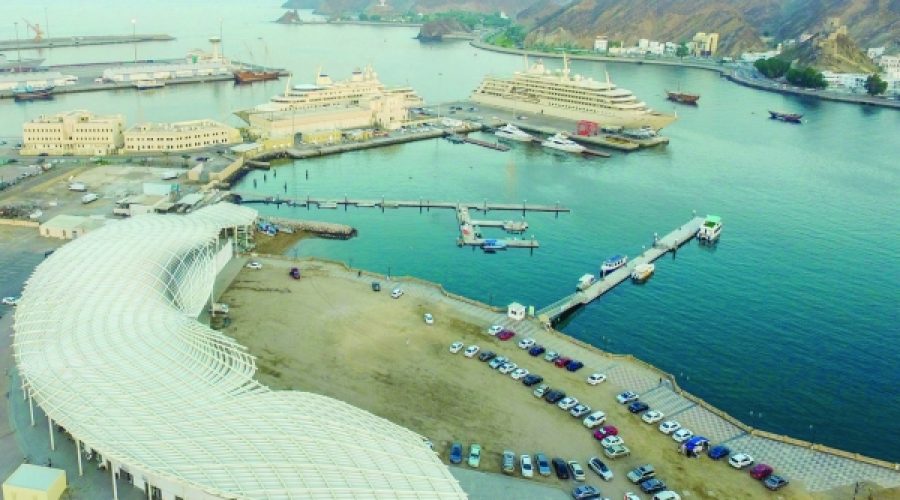Oman’s Real GDP to Grow 2.9% by 2025: What This Means for Investors and Business Growth Opportunities
MUSCAT, OCT 21 – Oman’s economy is poised for a significant upturn, according to the International Monetary Fund’s (IMF) October 2025 World Economic Outlook (WEO). The report forecasts a notable acceleration in real GDP growth, primarily driven by the anticipated easing of oil production cuts and ongoing structural reforms. Oman’s real GDP is expected to grow by 2.9 percent in 2025, up from 1.7 percent in 2024, with further strengthening to an impressive 4.0 percent growth projected for 2026.
This strong economic performance stands out against more moderate global forecasts and slightly exceeds the expected growth in the broader Middle East and Central Asia region, which is anticipated to rise from 2.6 percent in 2024 to 3.5 percent in 2025, reaching 3.8 percent in 2026. Oman is set to be a key contributor to the region’s improved outlook, supported by the government’s firm commitment to Oman Vision 2040 and sound fiscal management.
The IMF identifies several factors underpinning Oman’s economic resilience. The main driver of growth is the rebound in hydrocarbon production following the gradual relaxation of voluntary OPEC+ output restrictions. Equally important is the sustained positive momentum in non-hydrocarbon sectors, particularly logistics, manufacturing, and green energy investments, which are critical for long-term economic diversification.
Fiscal discipline remains a cornerstone of Oman’s improved economic fundamentals. The IMF highlights the effective use of hydrocarbon revenue surpluses to sharply reduce public debt, which has dropped from a peak of 68 percent of GDP in 2020 to an estimated 34 percent in 2024. This fiscal consolidation has enabled Oman to achieve consecutive budget surpluses since 2022, enhancing financial buffers and strengthening the economy’s capacity to withstand external shocks. The fiscal break-even oil price has also substantially decreased to around $57 per barrel, according to IMF estimates.
Investor confidence has been bolstered by these improvements, as evidenced by Oman’s credit rating upgrade to investment grade in late 2024. This has accelerated foreign direct investment (FDI) inflows into strategic non-oil sectors. Additionally, the banking sector is characterized by strong capitalization, liquidity, profitability, and asset quality, supporting continued credit expansion to the private sector.
However, the IMF report points to a vulnerability in Oman’s external position. The Current Account Balance, which recorded a surplus of 2.9 percent of GDP in 2024, is forecast to shift into a deficit of 1.0 percent in 2025 before improving slightly to a deficit of 0.7 percent in 2026. This is mainly due to expected lower oil prices and a slowdown in non-oil export growth.
Inflation is projected to remain subdued, with consumer prices rising modestly from 0.6 percent in 2024 to 0.9 percent in 2025, and reaching 1.5 percent in 2026.
The IMF emphasizes the importance of accelerating structural reforms to address external risks associated with the Current Account deficit and ensure long-term economic stability. Key reform areas include enhancing non-hydrocarbon fiscal revenues through improved tax collection, deepening local capital markets, and advancing reforms of state-owned enterprises. These measures are essential to meet the diversification objectives outlined in Oman Vision 2040.
Special Analysis by Omanet | Navigate Oman’s Market
Oman’s projected GDP growth acceleration, driven by easing OPEC+ cuts and strong non-hydrocarbon sector investments, presents a compelling window for businesses to capitalize on diversification and expanding domestic markets. However, the looming external current account deficit signals risks around oil price volatility and export growth, urging investors and entrepreneurs to emphasize sectors aligned with Oman Vision 2040’s structural reforms and fiscal sustainability. Smart players will prioritize innovation in logistics, manufacturing, and green energy, while monitoring macroeconomic stability and government reform momentum.



